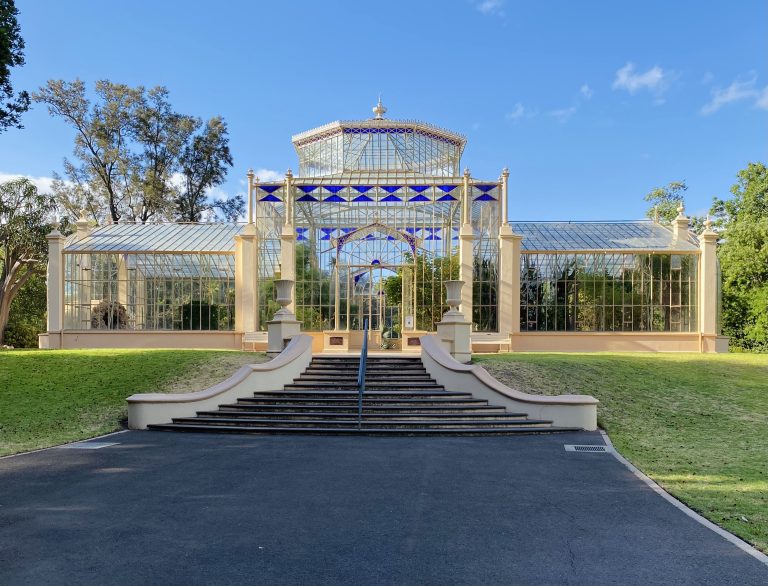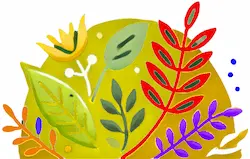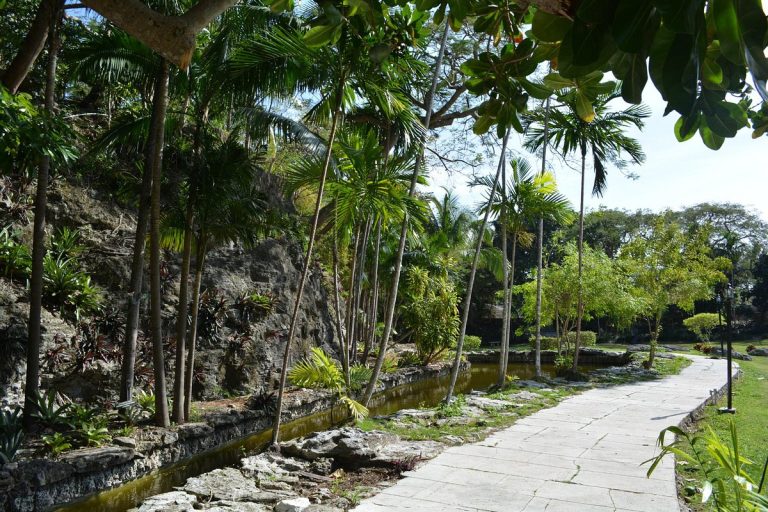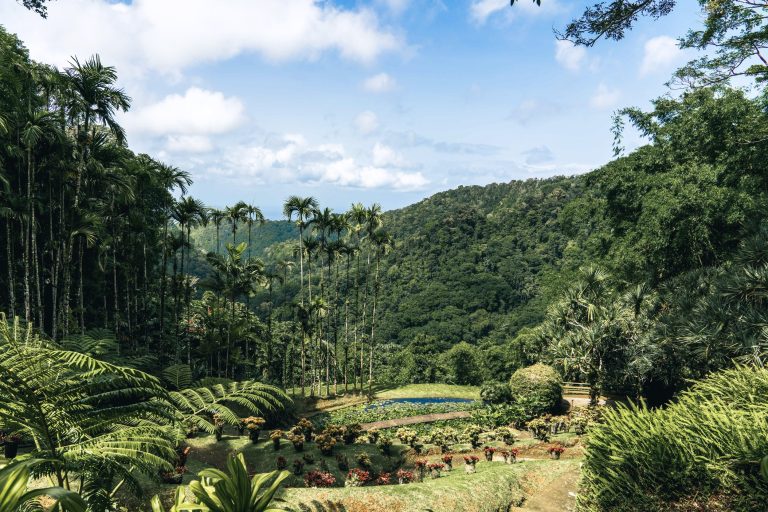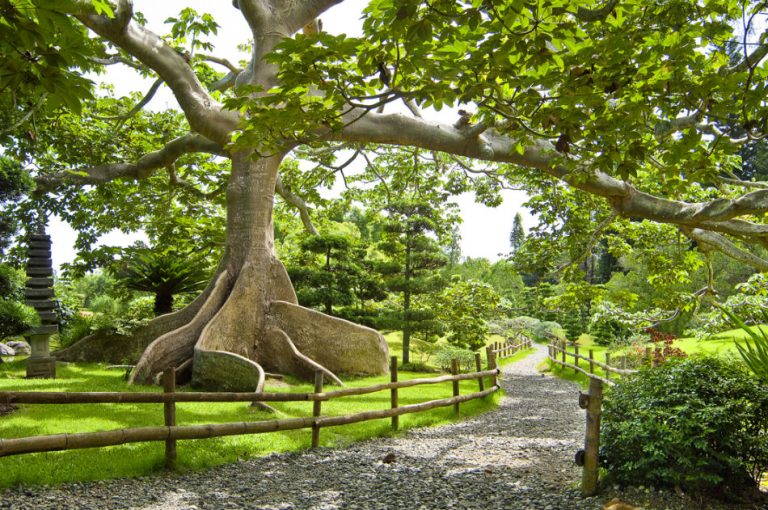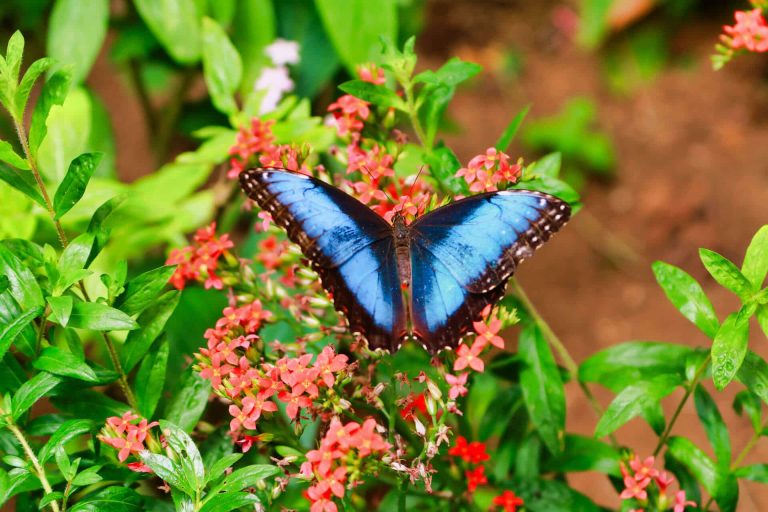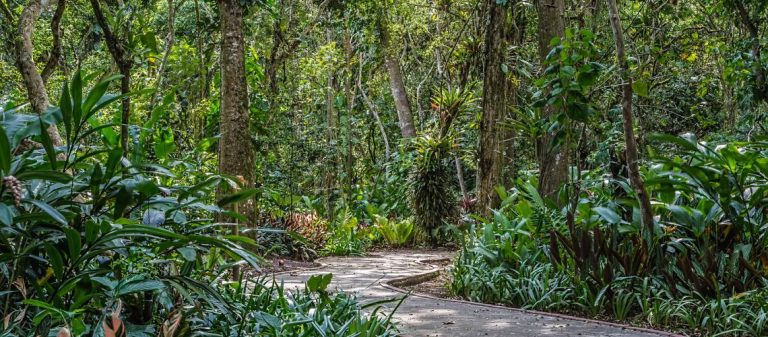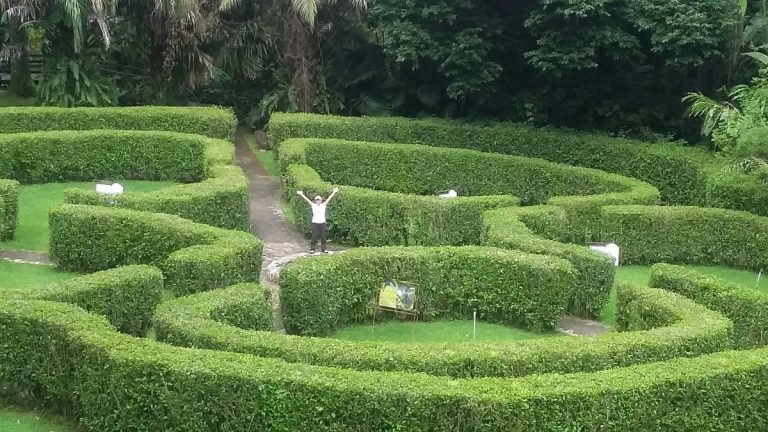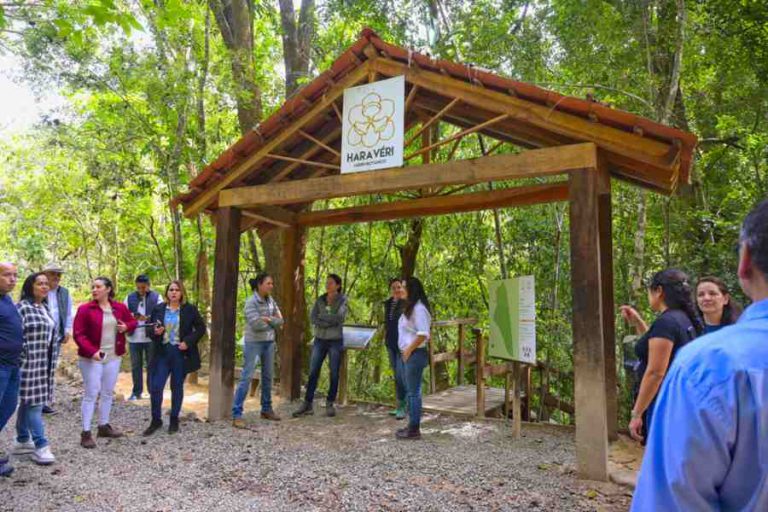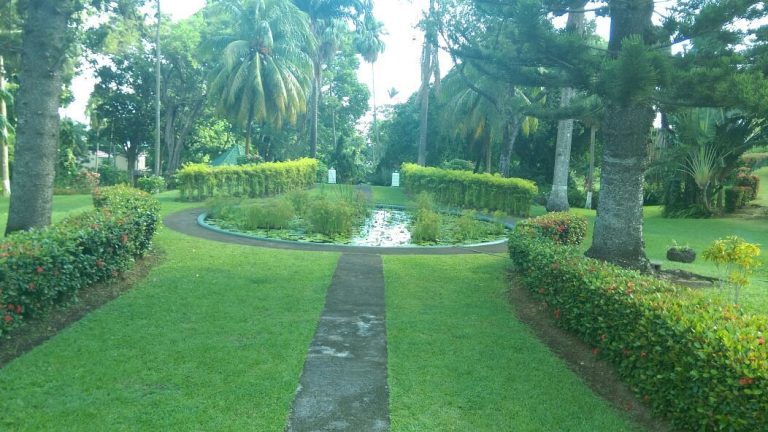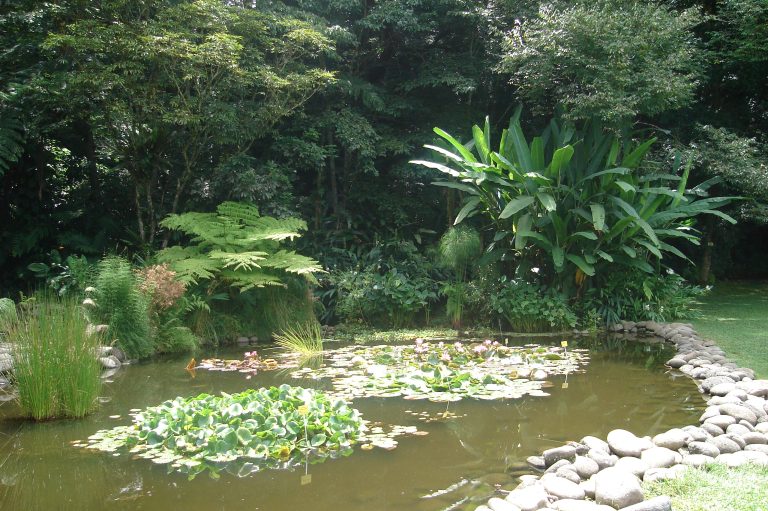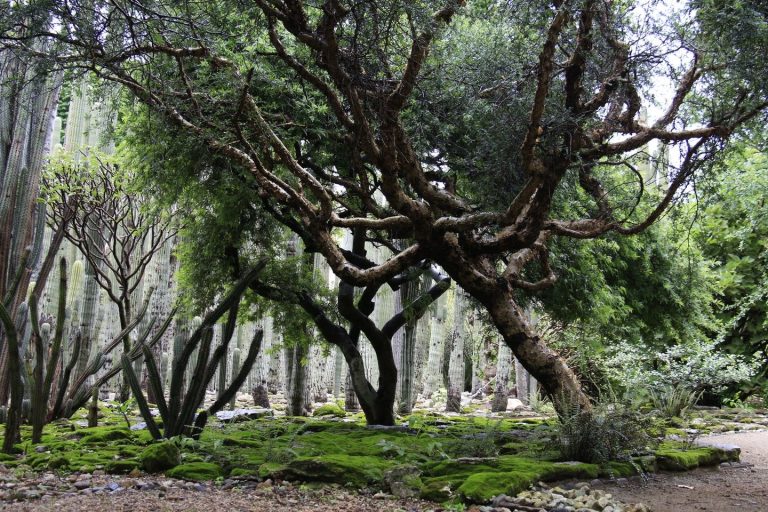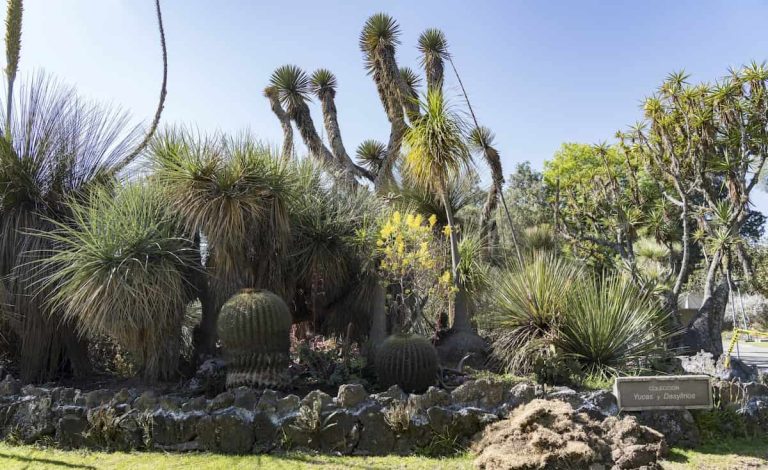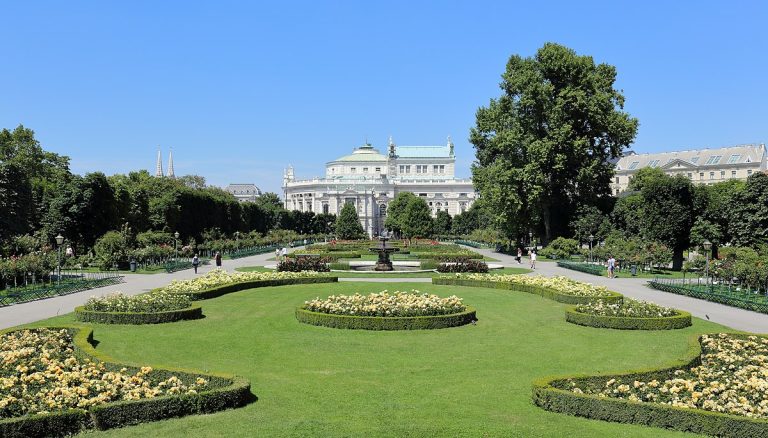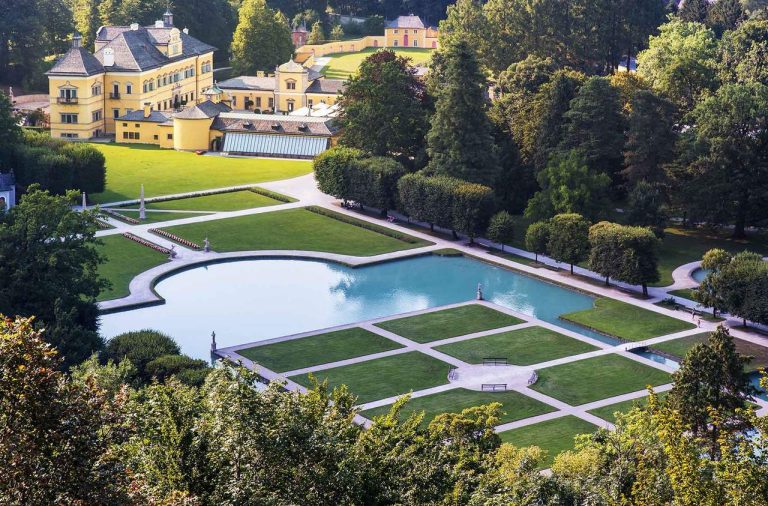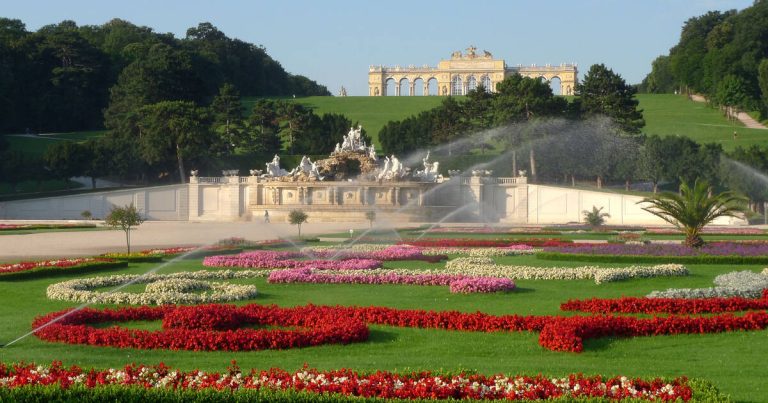Internationally recognized for its remarkable collections of epiphytes, the Lankester Botanical Garden was established in 1973 as a center for the exhibition, conservation, and research of tropical epiphytic plants, with an emphasis on orchids. On 11 hectares, the Garden’s field collections, greenhouse collections, and secondary forests house more than 3,000 plant species. The collections of plants in greenhouses come mainly from botanical expeditions, donations and exchange with botanical institutions around the world. Most of the plants with reliable provenance data are herborized and their associated information is included in an inventory and in a database. Other reference collections also originate from them, such as flowers in liquid, dehydrated tissues for analysis of genetic material, seeds, pollinaria and others that make them an essential resource for researchers from the Garden and from other institutions working on joint projects. .
